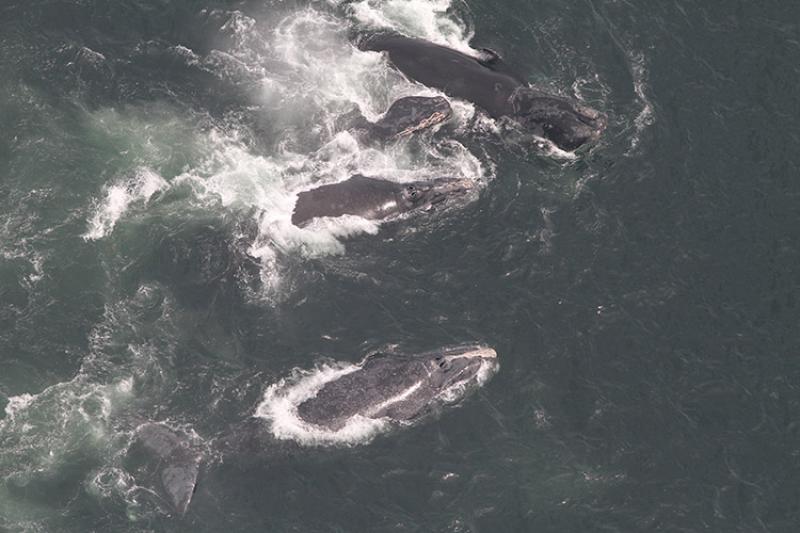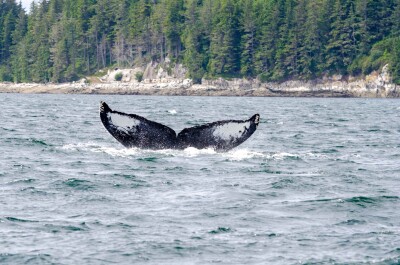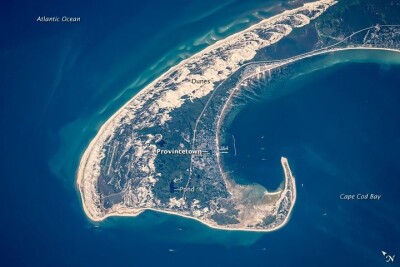A joint effort by U.S. and Canadian researchers confirmed that about 40 percent of the highly endangered North Atlantic right whale population now spends summer months in the Gulf of St. Lawrence, following a decade-long shift in the whales’ habitat patterns.
Using aerial photos cataloged during surveys between 2015 and 2019, the team led by Leah Crowe, a marine mammal researcher at NMFS’ Northeast Fisheries Science Center laboratory in Woods Hole, Mass., identified 187 individual right whales and found many stay in the gulf through the summer and autumn feeding and socializing.
“Almost all of these whales return every year – a pattern not seen elsewhere – and stay for up to 5 months,” according to a NMFS summary of the findings, recently published in the journal Endangered Species Research.
Northern and southern regions of the Gulf of St. Lawrence are separated by the Laurentian Channel and Honguedo Strait, major shipping corridors transited by shipping traffic between the Atlantic Ocean, the St. Lawrence Seaway and the Great Lakes.
Some whales, including pregnant females spent time in both the northern and southern areas, the study documented.
The researchers examined aerial survey photographs of individual whales, identified by unique patterns of rough patches of tissue, called callosities, on the top and sides of their heads, and used them to chart population demographics, seasonal distribution, and movement patterns of right whales in the gulf.
Other researchers used hydrophone listening devices in the gulf that detected increasing right whale activity starting in 2015 – the same year NMFS began dedicated aerial surveys for right whales.
“This study shows that there is a unique opportunity to protect a particular portion of the population in this region, including reproductive females and calves,” according to a NMFS summary.
Unprecedented numbers of right whales found dead in the Gulf of St. Lawrence in 2017 and 2019 led to Canadian measures to reduce danger from ship strikes and fishing gear entanglements.
NMFS declared “an unusual mortality event” in 2017, and right whale numbers have continued to decline, last estimated at around 350 animals. Spurred by federal court orders, NMFS has imposed new restrictions on the use of Northeast lobster trap gear and is moving to do the same in other fixed-gear East Coast fisheries.
Historically from 1980 to 2010, “many right whales spent the spring in Cape Cod Bay and waters off Cape Cod. During the summer, they then moved north into the northern Gulf of Maine, Bay of Fundy, and Roseway Basin where they found their preferred prey—copepods, or zooplankton,” according to NMFS. “Starting in 2010 this pattern began to change with many whales heading to the Gulf of St. Lawrence in late spring and using new habitats to the south of Massachusetts year-round.”
“In the last decade, North Atlantic right whale distribution and habitat occupancy patterns have become less predictable,” Crowe said. “Animals are spending less time in places where they have typically aggregated in the past, and we have started to observe them in places where we had not found them aggregating before.”
The whale researchers also found more right whales using Cape Cod Bay in the late winter and spring. Recent surveys confirmed that right whales swim south of the islands of Martha’s Vineyard and Nantucket almost year round.
So far, eight mother-calf pairs have been identified from photographs taken in the Gulf of St. Lawrence this year, according to Angelia Vanderlaan, a research scientist at Fisheries and Oceans Canada and a co-author of the paper.
“This study improves our understanding of right whale use in the Gulf of St. Lawrence,” said Crowe, “but it begs the question of where other individuals – the majority of the population – are during the summer. Many right whales may be using habitats that could lack protection measures.”







